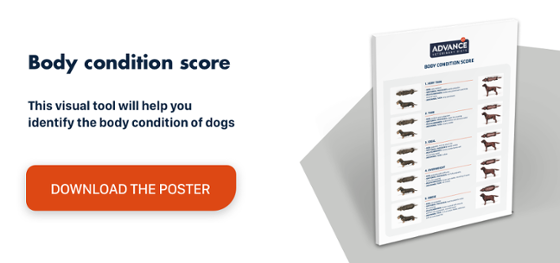Veterinary physiotherapy: An emerging discipline
The foundations of veterinary physiotherapy are generally attributed to Sir Charles Strong, the physiotherapist of the British Royal Family who, in the 1930s, dedicated his time to treating the Royal Family’s polo injuries using electrotherapy. Initially intended for humans, he later began to apply the treatment to horses that had been ridden in the polo matches. Its practical application developed from 1967 onwards following Strong’s publication of the first book on physiotherapy for horses.
Introduction
This background explains why veterinary physiotherapy is more developed in English-speaking countries, as this is where it originated and where its application is most widespread, e.g., on animals used in competition. However, the scope of veterinary physiotherapy has expanded to include more areas.
Currently, the discipline consists of three main areas of activity:
- Small animals, essentially cats and dogs.
- Large animals, the prime example being horses.
- Exotic animals, which mainly focuses on animals in circuses, zoos, etc.
Within the different groups, animals are further categorised according to any specific functions they fulfil, as this will determine the type of physiotherapy required. For example, a racehorse has different needs to a horse used for recreational riding, nor would the same approach be suitable for a pet dog and a police or rescue dog.
Although the origins and subsequent development of veterinary physiotherapy are closely linked to competition animals, it is now an emerging discipline within veterinary medicine with numerous applications. Its scientific development is also gaining significant attention as the number of papers and studies presented at conferences continues to grow.
There are various explanations for the increased use and accelerated development of veterinary physiotherapy in recent years. The most significant drivers of its development have been owners seeking less invasive and more natural techniques and financial considerations. However, with the increase in demand, new challenges have emerged that will have to be addressed and gradually resolved.
Outlook of veterinary physiotherapy
One of the main difficulties currently facing veterinary physiotherapy is the lack of quality vocational education and training. And this situation will not change any time soon if we consider the conflicting definitions of veterinary physiotherapy provided by different scientific societies. According to the American Veterinary Medical Association (AVMA), “veterinary physical therapy is the use of noninvasive techniques, excluding veterinary chiropractic, for the rehabilitation of injuries in non-human animals”. The AVMA also states that a veterinary physiotherapist always works under veterinary supervision.
The definition from a perspective closer to that of physiotherapy societies, however, describes veterinary physiotherapy as the science that applies biomechanics, physics, anatomy, physiology and psychology to patients with impaired function, pain, injuries or other complaints.
Some authors even highlight that neither of the above definitions are complete as they omit physiotherapeutic diagnosis and injury prevention, thus excluding a large part of routine practice in physiotherapy.
So, evidently there is no consensus about the exact field of activity, leading to conflicts in terms of professional independence and practising without due qualifications. Problems also exist with regard to teaching, given that there is no unanimity about course content, who can issue qualifications, who is finally entitled to practice depending on official recognition of the qualifications, etc.
However, none of these issues should preclude animals from benefiting from the best treatments available to improve their health. This is why a multidisciplinary approach will ensure optimum care and treatment.
We must remember that degenerative diseases of the musculoskeletal system are a significant cause of morbidity. For example, osteoarthritis is the main cause of lameness in dogs, and it is estimated to affect around 20% of dogs over 1 year old. Physiotherapy yields the most benefit when used as part of a multidisciplinary programme, which must incorporate more than just physical techniques. Remember, degenerative joint disease is a systemic joint disorder that is accelerated by overweight and age, so any treatment must include both short-term (analgesics) and long-term (exercise and diet) multimodal measures, with the latter aimed at delaying and stabilising possible injuries.
Diet is a key factor in the programme. Ensuring an adequate supply of elements, such as glucosamine and chondroitin sulphate, which prevent cartilage degradation, combine with omega‑3 fatty acids and vitamin K, helps avert bone loss and fractures. Which is why the dietary intake of these elements is so important.
In conclusion, physiotherapy is an increasingly important discipline within veterinary medicine and it should be applied as part of a multidisciplinary approach to these very common diseases with significant morbidity.
References
Grognet J. Animal Physiotherapy Assessment, Treatment and Rehabilitation of Animals Can Vet J. 2009 Mar; 50(3): 286


